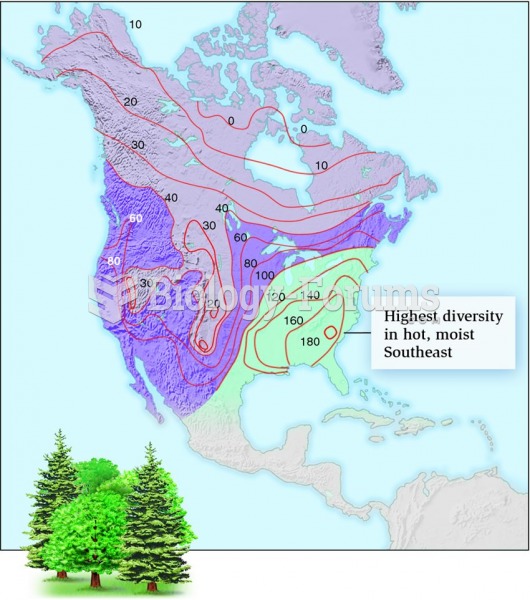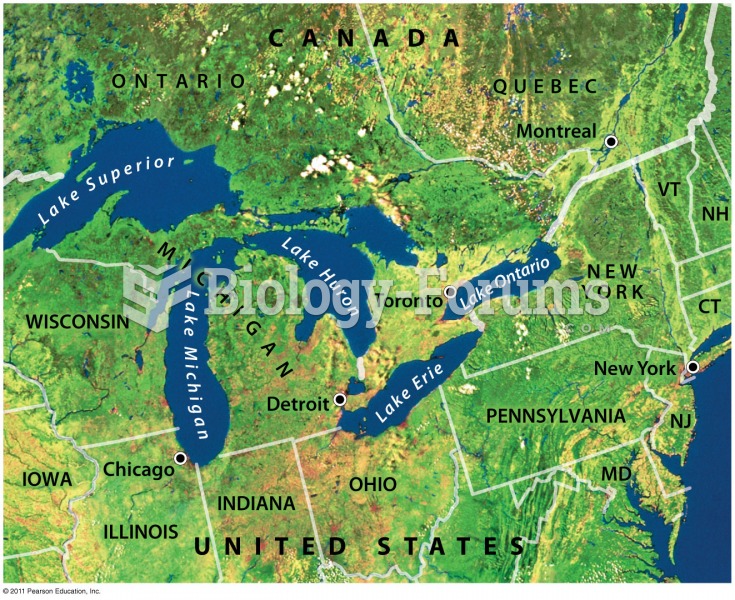This topic contains a solution. Click here to go to the answer
|
|
|
Did you know?
Prostaglandins were first isolated from human semen in Sweden in the 1930s. They were so named because the researcher thought that they came from the prostate gland. In fact, prostaglandins exist and are synthesized in almost every cell of the body.
Did you know?
Bacteria have flourished on the earth for over three billion years. They were the first life forms on the planet.
Did you know?
There are more nerve cells in one human brain than there are stars in the Milky Way.
Did you know?
Everyone has one nostril that is larger than the other.
Did you know?
Cyanide works by making the human body unable to use oxygen.






